
Tsutsu-gata Chawan – The elegant top hat
The Tsutsu-gata chawan is the form of concentration. Its tall, cylindrical structure lends it a certain austerity, a concentrating dignity. "Tsutsu" (筒) means tube or cylinder – a term that refers...
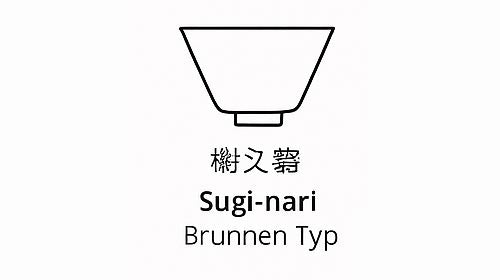
Sugi-nari Chawan – The fountain shape with depth and silence
At a time when many forms of Japanese tea culture are associated with precision and refinement, the Sugi-nari chawan appears almost raw, primal—and therein lies its power. Also known as the "founta...
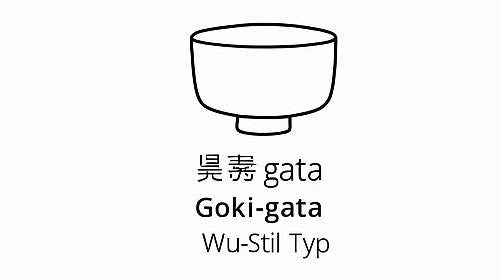
Goki-gata Chawan – The compact Wu-style bowl for dense Matcha
The Goki-gata chawan is of rare compactness. It appears almost squat, with a slightly indented opening and a sturdy body—a shape that demonstrates its strengths particularly in the preparation of ...

Han tsutsu-gata Chawan – The semi-cylindrical bowl between form and openness
The Han tsutsu-gata chawan is a hybrid of two worlds. Neither completely cylindrical nor completely open, it combines elements of the tsutsu-gata (cylindrical shape) with the accessibility of round...
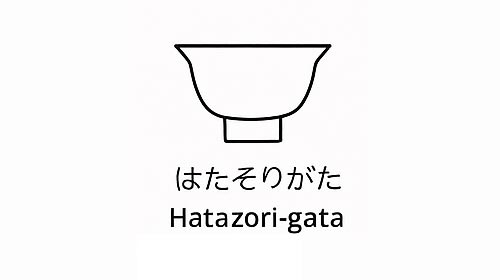
Hatazori-gata Chawan – The open form of summer
Light, airy, open – the Hatazori-gata chawan is like a gesture of welcome. Its form extends outward, not in restraint, but in soft openness. "Hatazori" (端反り) literally means "outwardly curved edge,...
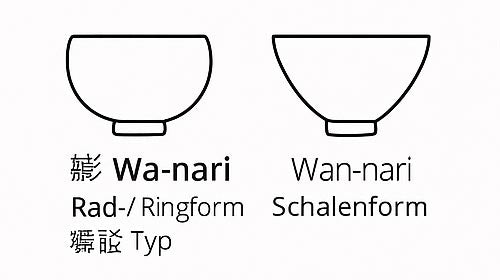
Wa-nari Chawan: The classic ring shape of the Japanese tea ceremony
If there's one matcha bowl that resonates like a quiet keynote throughout Japanese tea culture, it's the Wan-nari Chawan . It's so natural that it's barely noticeable—and yet it's the origin of cou...
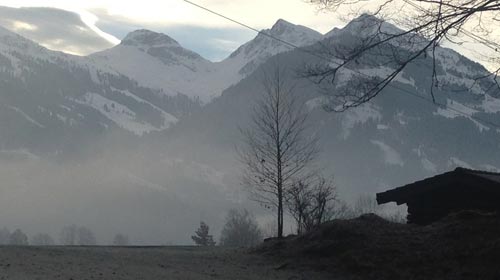
Asamushi, Chumushi, Fukamushi: How steaming shapes the character of tea and matcha
Three steaming levels – and why they are so crucial for Matcha Whether as whipped matcha or as a clear infusion in a teapot, green tea thrives on one crucial moment: steaming. Few steps alter th...
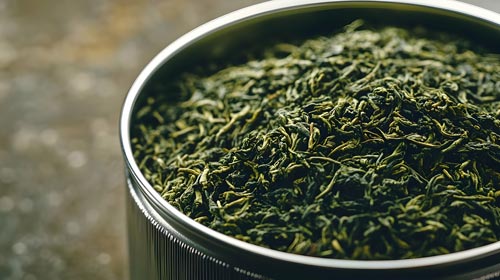
Sencha tea: structure, freshness and depth in every leaf
What does Sencha taste like and what does it have to do with Matcha? Sencha is probably Japan's best-known green tea—and also one of its most diverse. Its name translates as "steamed tea," and i...
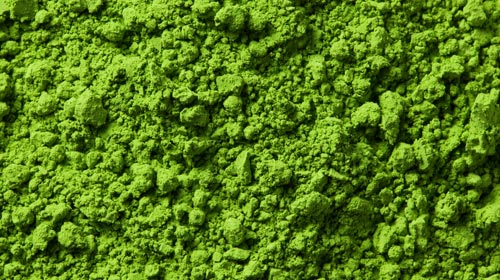
Tencha: The invisible foundation of Matcha
What is Tencha actually? Tencha is a Japanese green tea that is rarely consumed in its pure form – yet forms the basis for one of the most famous tea products of all: Matcha. Even as a standalon...
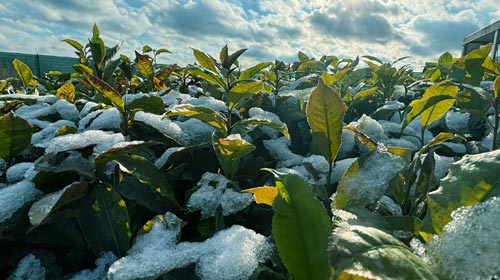
How hardy is the real tea plant and what should you pay attention to when overwintering it?
Winter hardiness: How to prepare your tea plant for the cold season Camellia sinensis not only brings a touch of the Far East to your garden, but also surprises with its adaptability. Many people ...
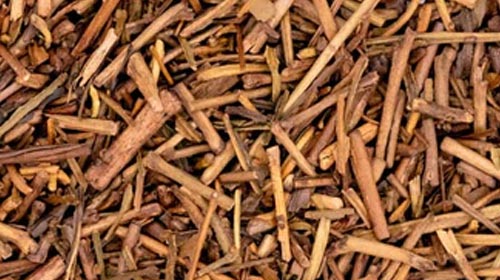
Karigane & Hōjicha Kukicha: The roasted depth of tea stems
Anyone who thinks a tea is defined solely by its leaves hasn't tried Karigane or Hōjicha Kukicha. These two varieties of Kukicha impressively demonstrate how much aroma, structure, and depth lie in...
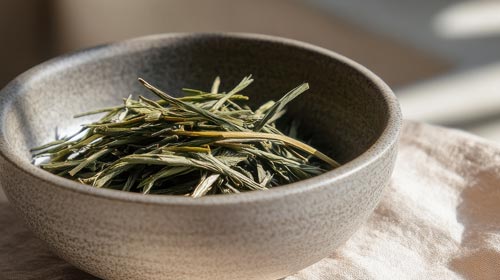
Kukicha: The underestimated treasure of stems and leaf veins
What's left of the tea if you remove the leaves? In the case of Kukicha: quite a lot. This unusual tea isn't made from the delicate tips or soft leaves of the Camellia sinensis – but from its stems...

